Ocean Pollution Quick Facts
The ocean is the origin and the engine of all life on this planet — and it is under threat.
A big part of the problem: pollution.
So how does trash get into the ocean? It’s dumped, pumped, spilled, leaked and even washed out with our laundry. Each year, we expose the world’s waterways to an increasing variety of pollutants — plastic debris, chemical runoff, crude oil and more.
Fortunately, it’s not too late to clean up our act. Share the dirty truth about ocean pollution and help make a difference.

Headline-grabbing oil spills account for just 12 percent of the oil in our oceans. Three times as much oil is carried out to sea via runoff from our roads, rivers and drainpipes.
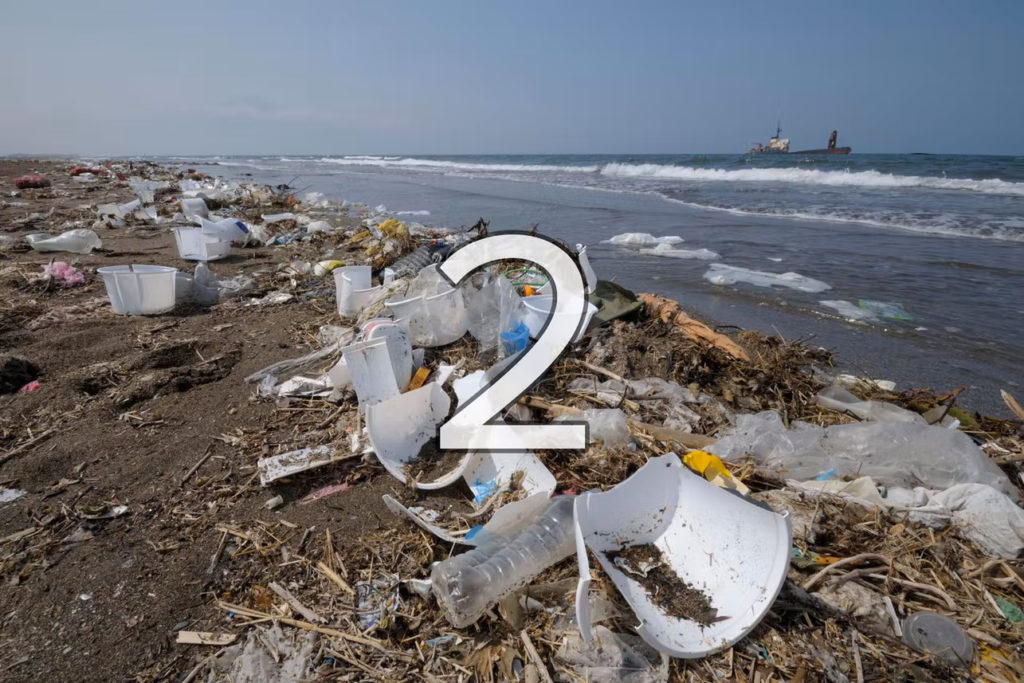
Eight million metric tons: That’s how much plastic we dump into the oceans each year. That’s about 17.6 billion pounds — or the equivalent of nearly 57,000 blue whales — every single year. By 2050, ocean plastic will outweigh all of the ocean’s fish.
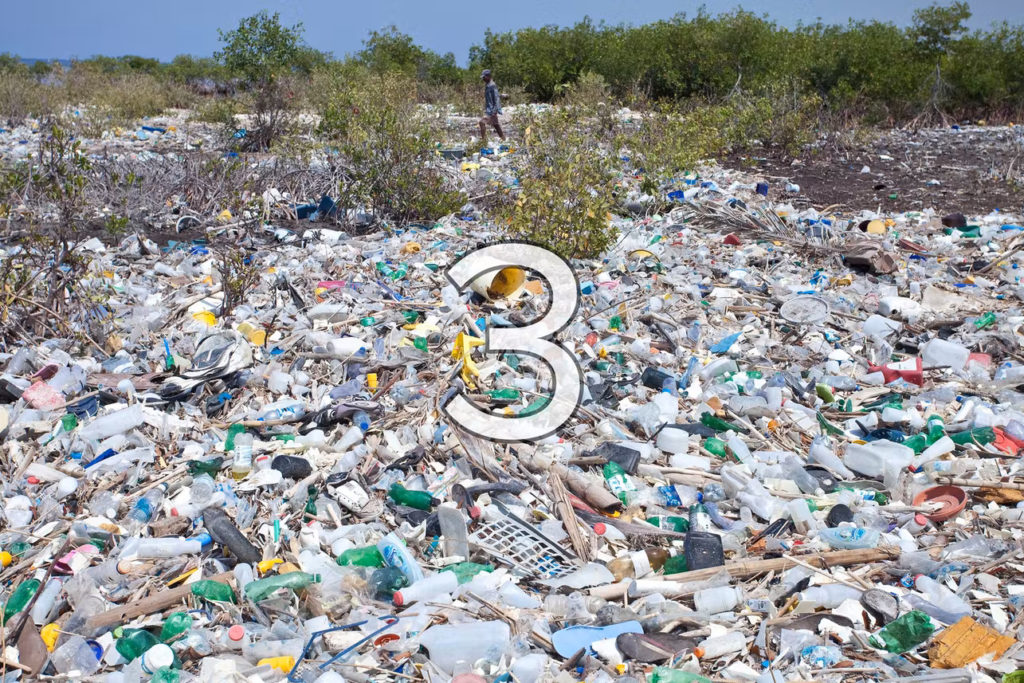
There’s so much junk at sea, the debris has formed giant garbage patches. There are five of them around the world, and the largest — the Great Pacific Garbage Patch — includes an estimated 1.8 trillion pieces of trash and covers an area twice the size of Texas.
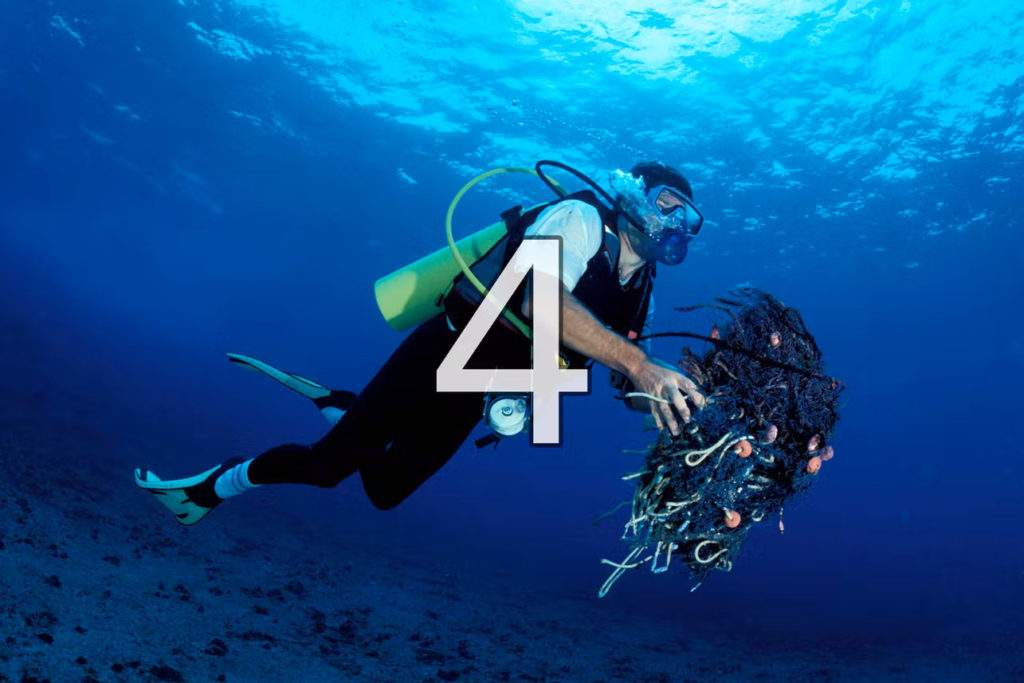
Ocean trash can be broken into smaller pieces — known as microplastic — by sun exposure and wave action, after which it can find its way into the food chain. When it eventually degrades (which takes 400 years for most plastic), the process releases chemicals that further contaminate the sea.
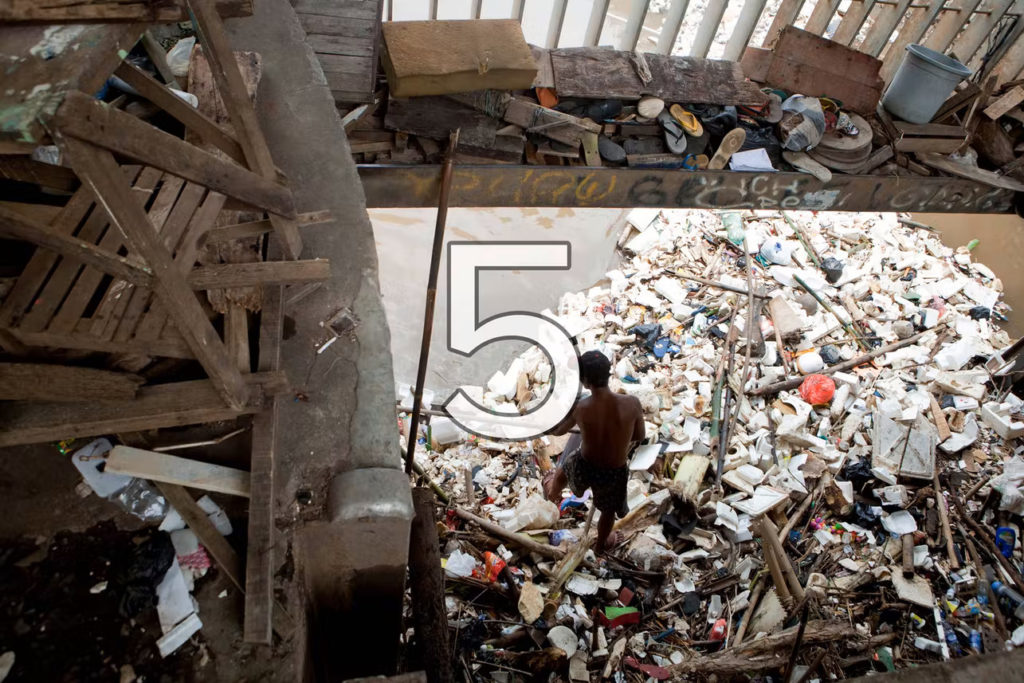
More plastic in the ocean comes from China and Indonesia than anywhere else — together, they account for one-third of plastic pollution. In fact, 80 percent of plastic pollution comes from just 20 countries, including the United States.

With each load of laundry, more than 700,000 synthetic microfibers are washed into our waterways. Unlike natural materials such as cotton or wool, these plasticized fibers do not break down. One study showed that synthetic microfibers make up as much as 85 percent of all beach trash.
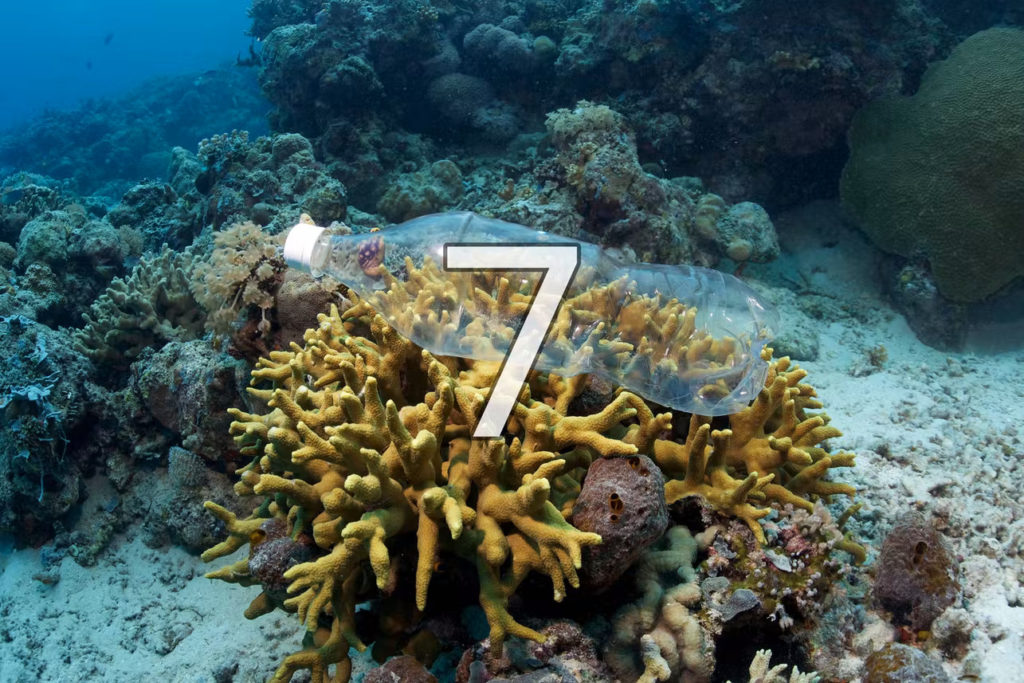
As unsightly as ocean pollution is, what we can’t see may be worse: 70 percent of ocean garbage actually sinks to the seafloor, meaning we’re unlikely to ever be able to clean it up.

When dumped at sea in large amounts, agricultural nutrients such as nitrogen can stimulate the explosive growth of algae. When the algae decomposes, oxygen in the surrounding waters is consumed, creating a vast dead zone that can result in mass die-offs of fish and other marine life.
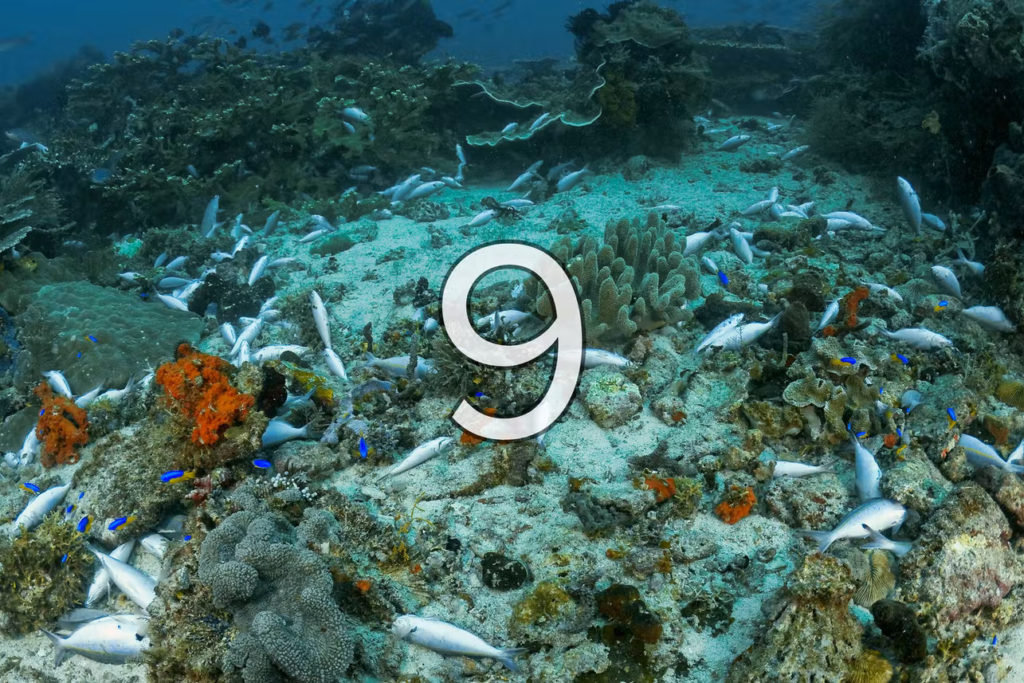
In 2004, scientists counted 146 hypoxic zones (areas of such low oxygen concentration that animal life suffocates and dies) in the world’s oceans. By 2008, that number jumped to 405. In 2017, in the Gulf of Mexico, oceanographers detected a dead zone nearly the size of New Jersey — the largest dead zone ever measured.
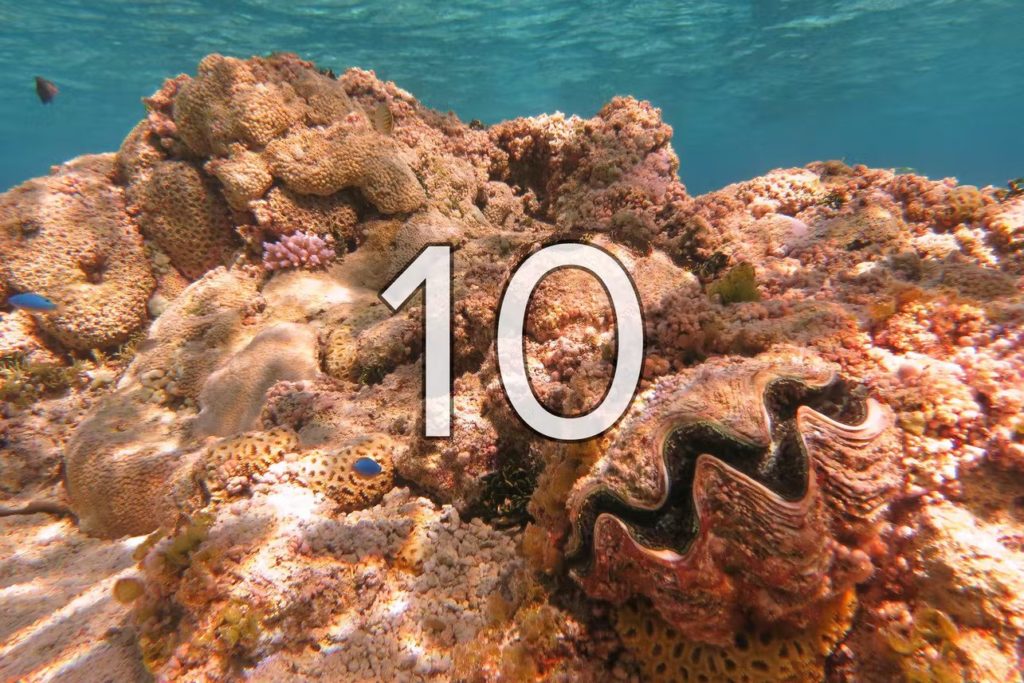
One effect of greenhouse emissions is increased ocean acidification, which makes it more difficult for bivalves such as mussels, clams and oysters to form shells, decreasing their likelihood of survival, upsetting the food chain and impacting the multibillion-dollar shellfish industry.

Noise pollution generated by shipping and military activity can cause cellular damage to a class of invertebrates that includes jellyfish and anemones. These animals are a vital food source for tuna, sharks, sea turtles and other creatures.
“We have to act. We have to act not to try and clear up some of the appalling damage we have made to the ocean…..and that is going to require positive action”
Sir David Attenborough

Oceans
Climate
Marine Life
Oceans Under Pressure
For centuries, humans have relied on coastal and marine environments to survive, develop and prosper. However, our current levels of exploitation have reached unprecedented levels.
Whilst we all recognise the importance and value of the ‘blue economy’ from an environmental, social and economic perspective, the increasing amount of anthropogenic activity is applying an unsustainable amount of pressure to our ocean.
Many of these activities are contributing to the destruction of marine ecosystems and the reduction of biodiversity. They will also, inevitably have an impact on human health, well being and survival.


